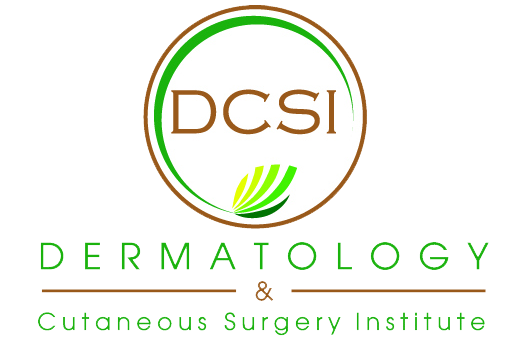Chemical Peels
If you are looking to heal what you dislike most about the skin on your face – from acne scars and uneven skin tone to fine lines and visible wrinkles – chemical peels might be the answer. Dr. Wassef of Dermatology & Cutaneous Surgery Institute is here to answer all your potential questions regarding chemical peels.
What is a Chemical Peel?
A chemical peel can diminish many signs of aging on the face as well as hands, neck, and chest. Chemical peels are a cosmetic dermatologist treatment and technique used to improve your skin. During your chemical peel, your doctor will apply a chemical solution to your skin that will later cause the skin to exfoliate and peel off. The new skin is smoother and fresher compared to before your treatment.
What Do Chemical Peels Treat?
- Acne
- Age spots
- Blotchy complexion
- Discoloration and uneven skin tone
- Dull complexion
- Fine lines (especially under the eyes and around the mouth)
- Freckles
- Melasma
- Textured skin
- Sun-damaged skin
Chemical peels are helpful for wrinkles, light acne scarring, and irregular pigmentation, such as freckles and age spots. Pre-cancerous conditions, such as keratoses (thick, rough, reddish growths), also respond well to this cosmetic treatment. Chemical peels also treat some skin conditions. At DCSI, our dermatologist in Wellington uses chemical peels to treat some types of acne and conditions that discolor the skin.
What Are the Types of Chemical Peels?
There are three basic types of chemical peels that can help improve your skin and its appearance.
- Superficial, Lunchtime, or Mild Peel – Used to penetrate only the outer layer of skin for gentle exfoliation. They are used to improve mild skin discoloration and rough, textured skin, and refresh the face, neck, chest, and hands.
- Medium Peel – Used to penetrate the outer and middle layers of skin and target damaged or dead skin cells. The medium peel improves age spots, fine lines and wrinkles, and moderate skin discoloration. It can also smooth rough, textured skin and treat pre-cancerous growths.
- Deep Peel – Used to deeply penetrate the middle layer of skin to remove and treat moderate lines, age spots, freckles, and scars. Patients typically see a drastic improvement in their skin’s appearance.
What Does a Chemical Peel Do?
Whether you opt for a chemical peel to diminish the signs of aging or treat a skin condition, you will notice:
- Fewer lines
- Fewer wrinkles
- More even skin color
- Brighter complexion
- Smoother skin
What to Expect After a Chemical Peel
After your first chemical peel, depending on the type of peel you get at our South Florida dermatology office, you may notice a reaction similar to a sunburn. Peeling usually involves redness of the skin, followed by a bit of flaking that will subside within a week. Milder peels can be repeated a few weeks between one another until you achieve the aesthetic you desire. Medium peels may result in swelling, and blisters may break and peel off within one to two weeks. You can repeat medium peels in 6 to 12 months.
After a chemical peel treatment, you will need to avoid direct sunlight because of the fact that your skin is new and fragile.
Am I A Good Candidate for A Chemical Peel?
Fair-skinned patients are good candidates for chemical peels. If you have more severe wrinkles, you can look into other kinds of cosmetic treatments we offer in our Wellington or Delray offices, such as dermal fillers or neuromodulators. Dr. Mounir Wassef can help you determine which treatment will work best for your skin. Request an appointment for a consultation today. We’re ready to help you feel good about your skin again!
Page updated July 27, 2020.

